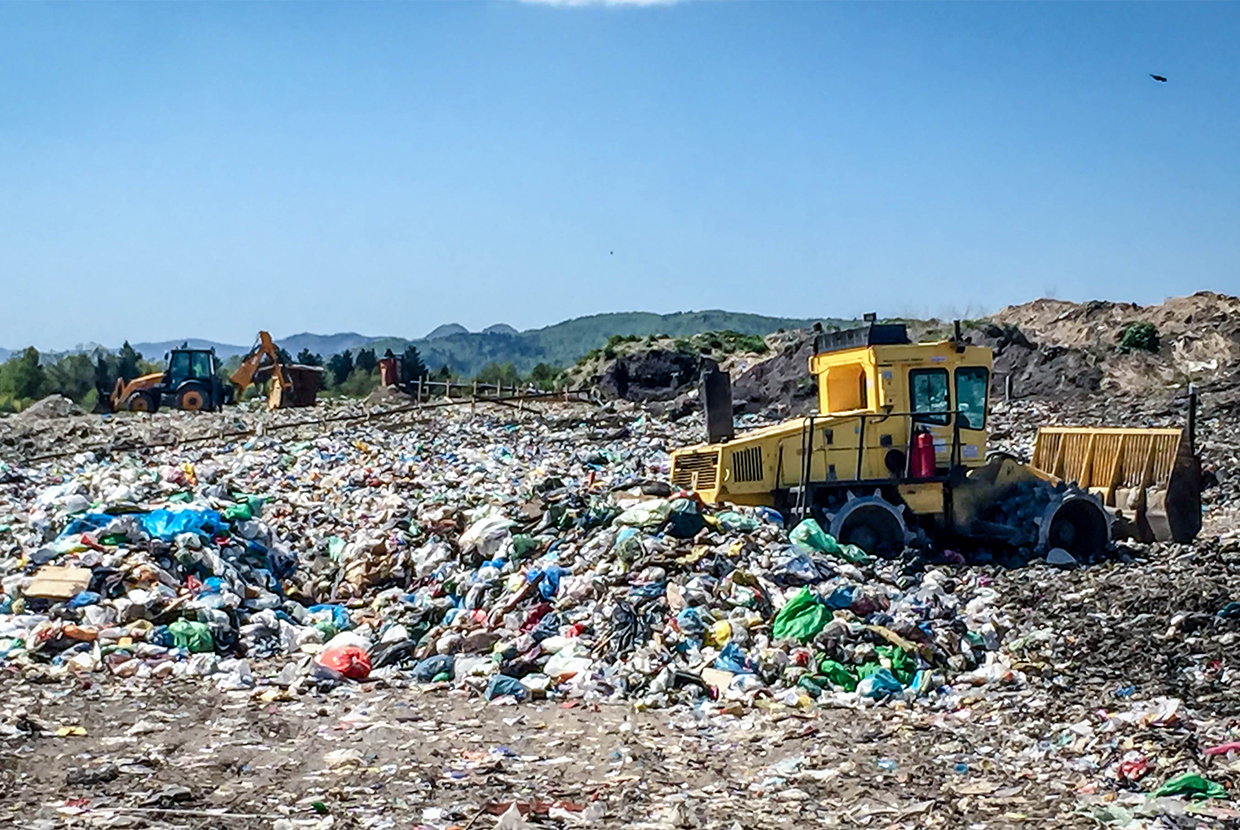Standard & Poor’s Ratings Services has assigned its ‘A+’ local currency senior unsecured debt rating to the Republic of Botswana’s P500mn (US$96mn) bond maturing in 2008. The bond is the first ever issued by the republic, and is to be followed by two further issues during 2003-04, raising a combined total of P2.25bn. At the same time, the ‘A/A-1’ foreign currency and ‘A+/A-1’ local currency issuer credit ratings on the republic were affirmed. The outlook is stable.
The ratings balance enduring fiscal flexibility and a track record of economic and political stability against significant development needs, dependence on the global diamond market, and the mounting macroeconomic impact of the HIV/Aids epidemic.
“Public sector net external assets, at 170% of current account receipts, are among the highest of rated sovereigns, bolstering the government’s capacity to absorb potential shocks,” says Standard & Poor’s credit analyst Mame-Fatou Diagne. “In the coming years, the costs of the HIV/Aids epidemic, including a publicly funded programme of antiretroviral therapy, will reduce general government surpluses from their long-term average of 6% of GDP, but the strong fiscal position should allow
In addition to fiscal prudence, Botswana boasts a strong and well-managed minerals economy, coupled with a long record of political and macroeconomic stability. Botswana produces about one third of the world’s gem diamonds and has been successful in attracting leading international mining companies, underpinning a long record of economic development, with real per capita GDP growth averaging more than 7% per year over the past 30 years.
Nevertheless, the economy remains comparatively poor with per capita GDP at US$3,300 and narrow-based, with the diamond sector accounting for more than one third of GDP and 70% of exports. Going forward, with diamond production leveling off, further progress in poverty alleviation and income growth rests largely on the performance of the non-mineral sector, which remains highly dependent on government expenditure for growth.
Non-mineral growth prospects are particularly affected by the HIV/Aids epidemic. With more than one third of the 14-49 year-old population estimated to be infected with HIV, Aids cases will increase sharply over the next five years, negatively affecting GDP growth, domestic savings, and public finances for many years to come.
“Botswana is relatively well placed economically and fiscally to withstand the Aids crisis,” says Diagne. “The general government balance moved into deficits in 2001-02 (2.4% of GDP) and 2002-03 (5.0%), due to higher recurrent and development expenditures, and lower mineral revenues. However, structural budget surpluses of 1-2% of GDP remain achievable, while development expenditure (budgeted at 23% of GDP in 2002-03) is the primary candidate for cuts aimed at offsetting Aids-related spending pressures.”











